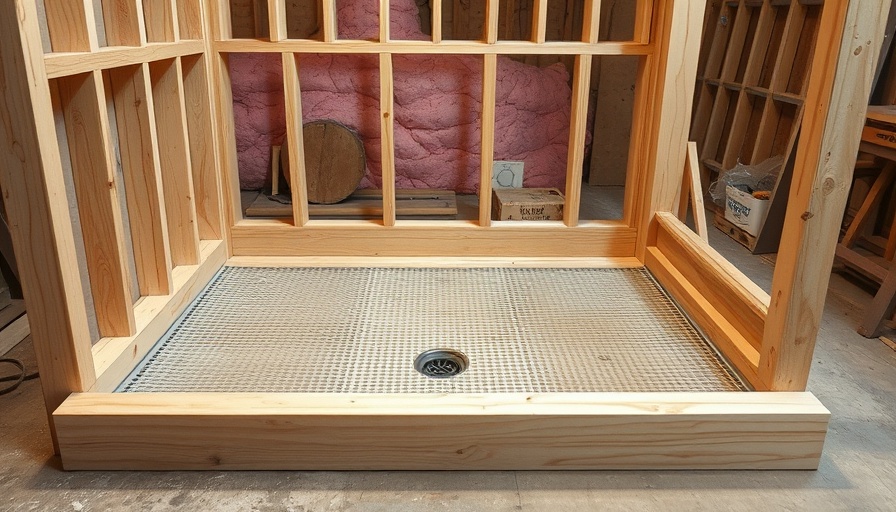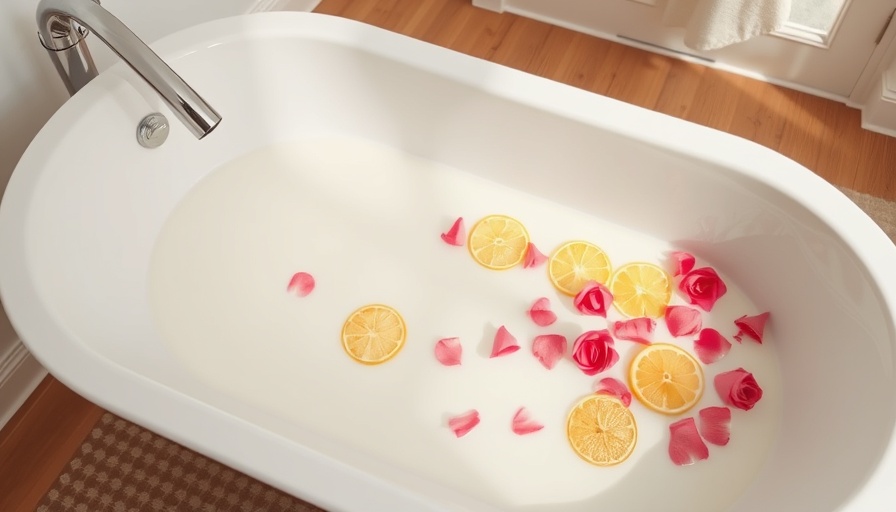
Understanding the Essentials of Shower Pan Construction
Shower pans, often seen as a mere functional element, actually play a crucial role in the aesthetics and utility of a bathroom. For those in the home improvement industry, offering a custom-built shower pan can not only enhance a customer’s satisfaction but also reflect the craftsmanship of your services. Unlike factory-made options, building your own allows for personalization in shape and size, adapting uniquely to each client's space.
The Step-by-Step Process for Crafting Your Shower Pan
The process begins with the framing of the shower pan area, ensuring the structural integrity to support what will soon become a beautiful and functional element of the bathroom. Using 2x6 inch boards, frame the shower area while considering the curb height—a critical feature keeping water contained. Next, lay down tar paper to protect against water seepage from the mortar, which is paramount in ensuring a long-lasting shower structure.
Why a Custom Shower Pan Is Worth the Effort
Creating a custom shower pan not only allows for flexibility in design but presents numerous practical benefits. The water-resistant layers, including a top slope and a tile finish, promote longevity and easy maintenance while providing options for stylish tile choices that align with modern trends in home improvement. As homeowners increasingly invest in high-quality finishes, a tailored shower pan can increase the overall appeal and value of a property, motivating clients to prioritize durable, stylish solutions over standard prefabricated options.
Key Tools and Materials You Will Need
Equipping yourself with the right tools is crucial before starting on your shower pan project. Essential materials include a circular saw, tiles for the aesthetic finish, and various simple labor tools like hammers and mixing trays for mortar. Ensuring you have everything before commencing can prevent delays and provide a smoother experience for both the builder and the client.
Making a Case for DIY Over Pre-Fab
While pre-fabricated shower pans are convenient for their speed and uniformity, they lack the uniqueness and adaptiveness that a DIY project offers. Customized solutions resonate more with homeowners looking to make a personal statement in their homes. Furthermore, emphasizing the creativity involved in crafting these shower pans can differentiate businesses in a competitive market, attracting clients who value distinct and bespoke home improvement solutions.
Understanding the technical construction while embracing artistic expression is key in delivering shower pans that are not only functionally sound but also visually stunning.
Time to Get Started!
If you’re ready to enhance your services and provide customers with unique, high-quality shower solutions, consider diving into the world of DIY shower pan construction. Start by gathering your materials, outlining the project timeline, and ensuring you’re prepared to take on this exciting challenge. The end result will not only satisfy your clients' needs but also elevate the standard of your offerings in the highly competitive home improvement field.
 Add Row
Add Row  Add
Add 




Write A Comment